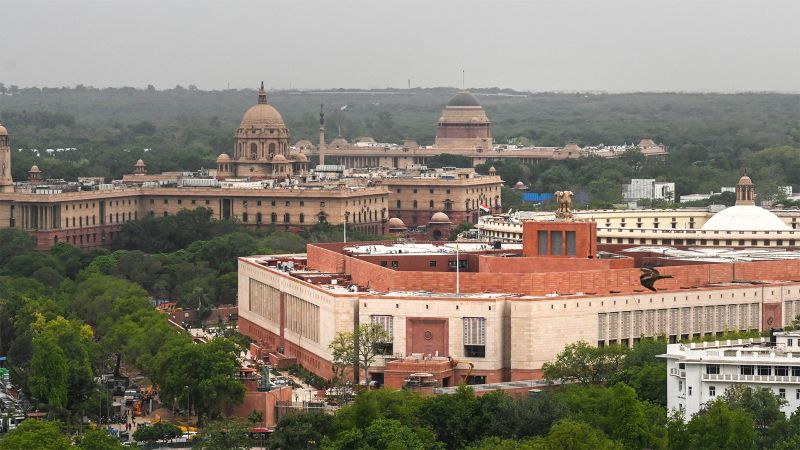
New Parliament Building in New Delhi, India
The entire mural is a map of ancient India with territory extending beyond its present-day borders, including lands that are now Pakistan in the north as well as Bangladesh and Nepal in the east, CNN reported.
Speaking to reporters earlier in June, Indian Ministry of External Affairs spokesperson Arindam Bagchi said the painting depicts the ancient Ashoka Empire and symbolizes "the idea of responsible and people-oriented governance that (King Ashoka) practiced and propagated".
But for some politicians from India's ruling Bharatiya Janata Party (BJP), the picture appears to represent a vision of the future: an "Akhand Bharat," or "undivided India," whose territory would be a union of present-day India with Afghanistan, Pakistan, Nepal, Bangladesh and Myanmar.
"The resolve is clear. Akhand Bharat," Parliamentary Affairs Minister Pralhad Joshi tweeted, posting a picture of the map. "Akhand Bharat in the new parliament. It represents our strong and self-reliant India," BJP lawmaker Manoj Kotak tweeted.
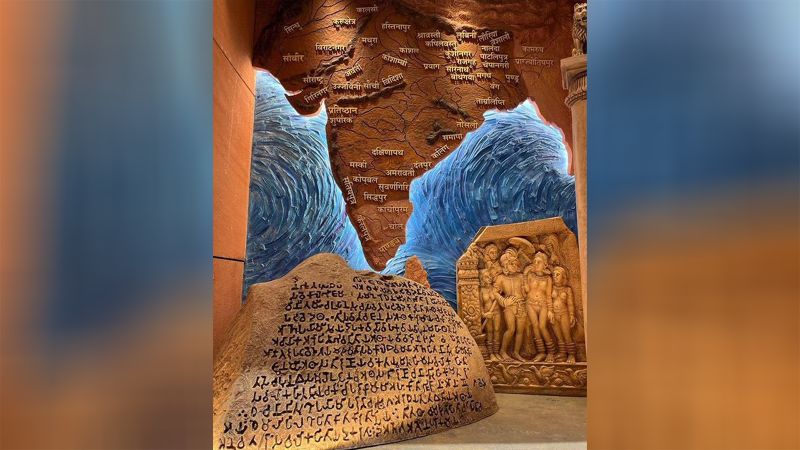
Controversial mural at India's new parliament building
For India's neighbors, "Akhand Bharat" is a provocative neo-imperial concept, long associated with the Rashtriya Swayamsevak Sangh (RSS), a right-wing organization that has great influence over the BJP. The RSS believes in "Hindutva", the ideology that India should become "the home of Hindus".
Earlier this month, Pakistan said it was “appalled by the claims” about the mural. “The unwarranted assertion of ‘Akhand Bharat’ is a manifestation of revisionist and expansionist thinking that seeks to subjugate the identity and culture not only of countries surrounding India but also of religious minorities within India itself,” said Mumtaz Zahra Baloch, a spokesperson for the Ministry of External Affairs in Islamabad.
Nepali politicians have also spoken out. "If a country like India - which considers itself an ancient and powerful nation and a model of democracy - includes Nepalese territories in its map and hangs the map in parliament, it cannot be called fair," The Kathmandu Post quoted opposition leader KP Sharma Oli as saying.
Former Nepalese Prime Minister Baburam Bhattarai warned the map could cause "unnecessary and harmful diplomatic tensions".
And last week, Bangladesh asked New Delhi to clarify the situation. “Anger is being expressed from different quarters because of the map,” said Shahriar Alam, a foreign affairs official.
Amid the backlash, Indian Foreign Minister Subrahmanyam Jaishankar said last week that the issue had been clarified by India and that it was "not a political issue," according to CNN.
While India has dismissed concerns from its neighbors, analysts say calls by BJP politicians to show support for an “Akhand Bharat” are dangerous. They say such calls embolden extremist groups and are bad news for a constitutionally secular democracy where about 80% of its 1.4 billion people are Hindus and 14% are Muslims.
The mural wasn't the only thing that caught the eye when Indian Prime Minister Narendra Modi inaugurated the new parliament building on May 28.
The ceremony itself was similarly controversial, as it was filled with Hindu symbolism. The event also fell on the birthday of Vinayak Damodar Savarkar, who is widely credited with developing the "Hindutva" ideology and was one of the first proponents of "Akhand Bharat." Critics said it was wrong to honor his birthday because of his stance toward Muslims.
Source link



![[Photo] Relatives of victims of the earthquake in Myanmar were moved and grateful to the rescue team of the Vietnamese Ministry of National Defense.](https://vstatic.vietnam.vn/vietnam/resource/IMAGE/2025/4/2/aa6a37e9b59543dfb0ddc7f44162a7a7)
![[Photo] Close-up of Vietnam's sniffer dog team searching for earthquake victims in Myanmar](https://vstatic.vietnam.vn/vietnam/resource/IMAGE/2025/4/1/d4949a0510ba40af93a15359b5450df2)
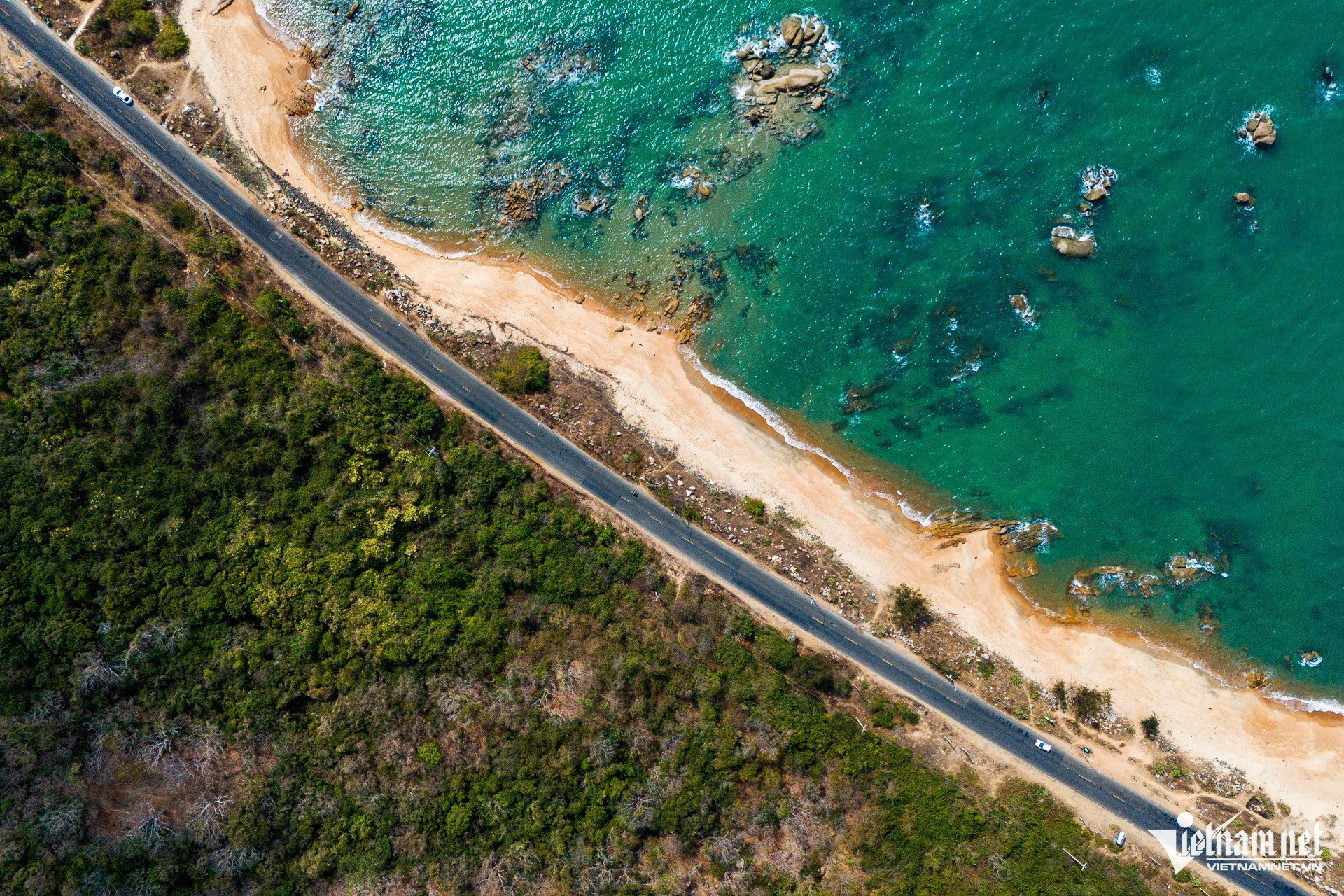

![[Photo] Third meeting of the Organizing Subcommittee serving the 14th National Party Congress](https://vstatic.vietnam.vn/vietnam/resource/IMAGE/2025/4/2/3f342a185e714df58aad8c0fc08e4af2)
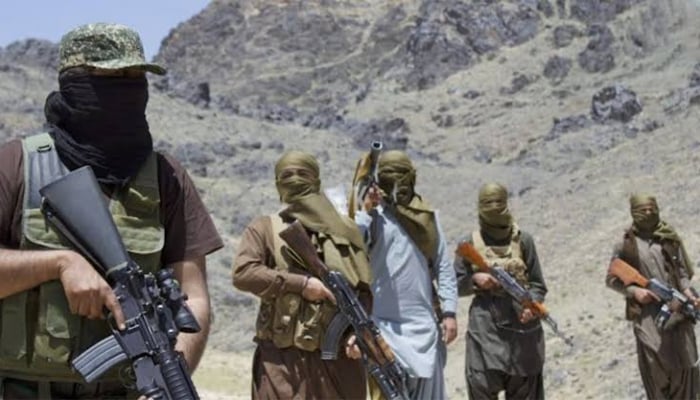



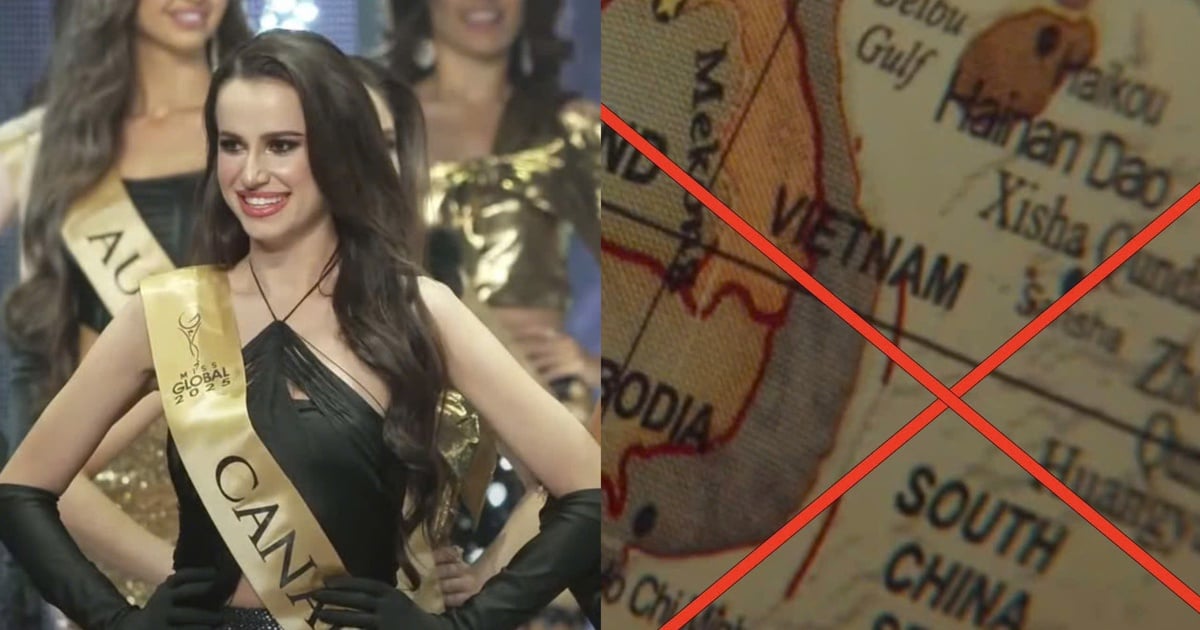
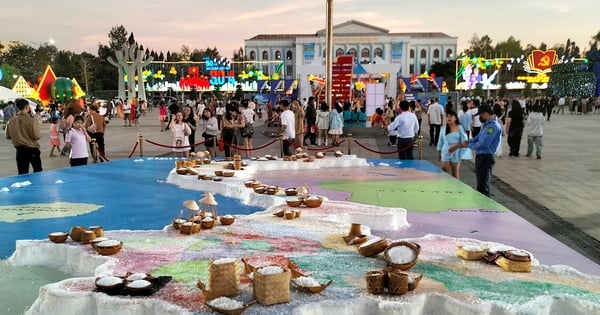

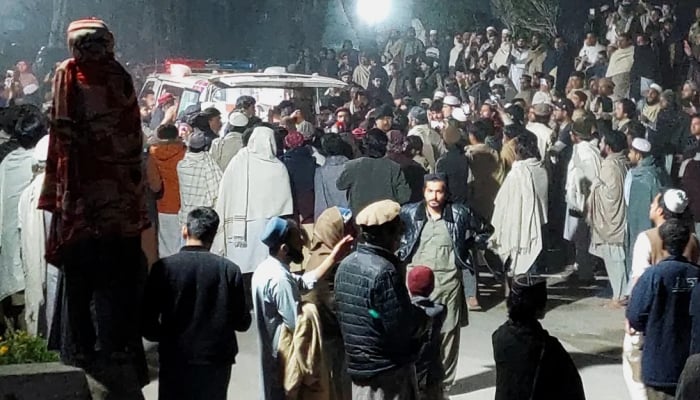



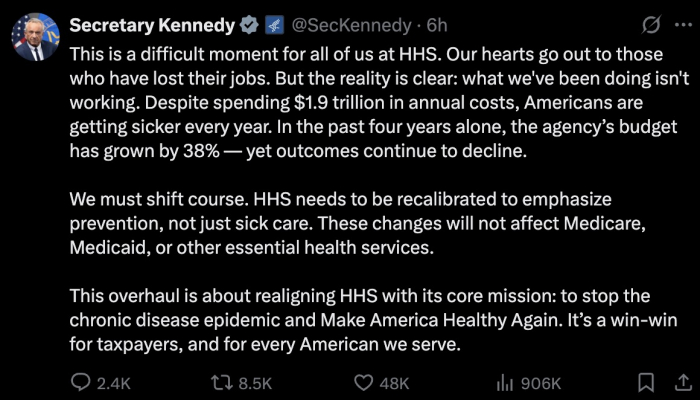
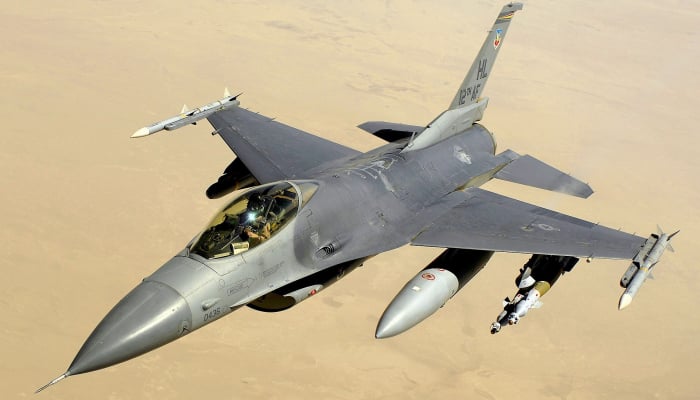
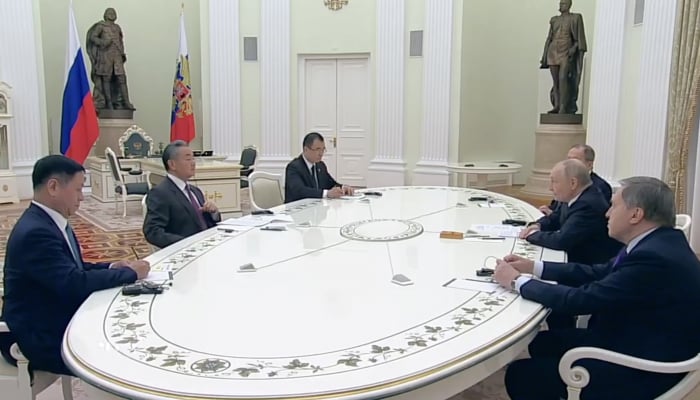






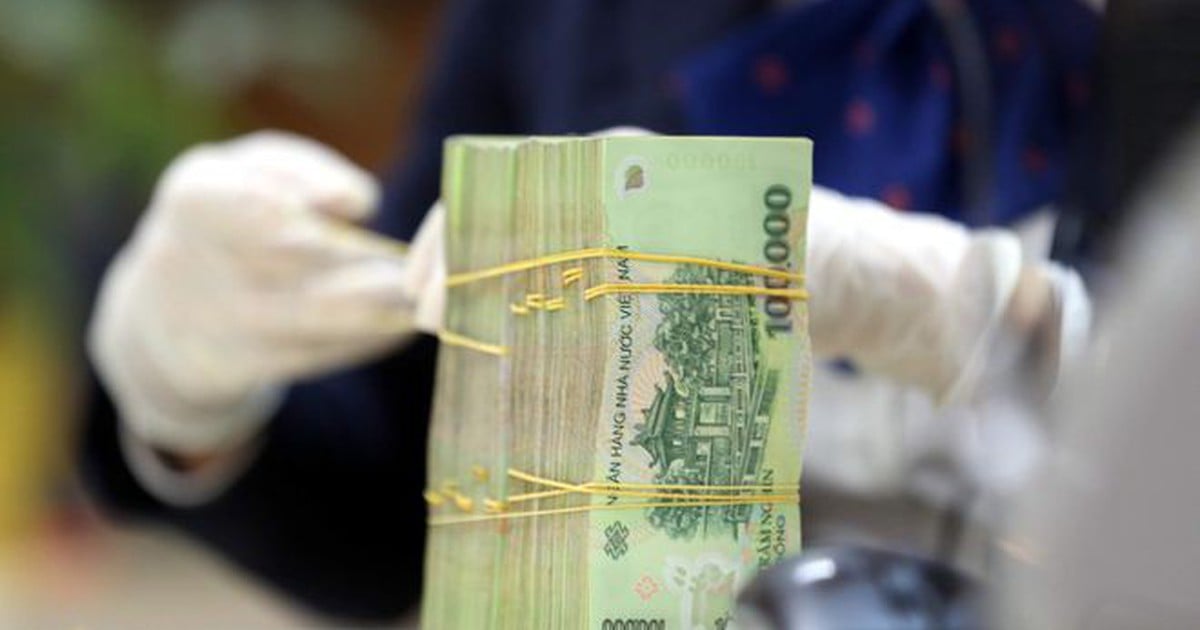
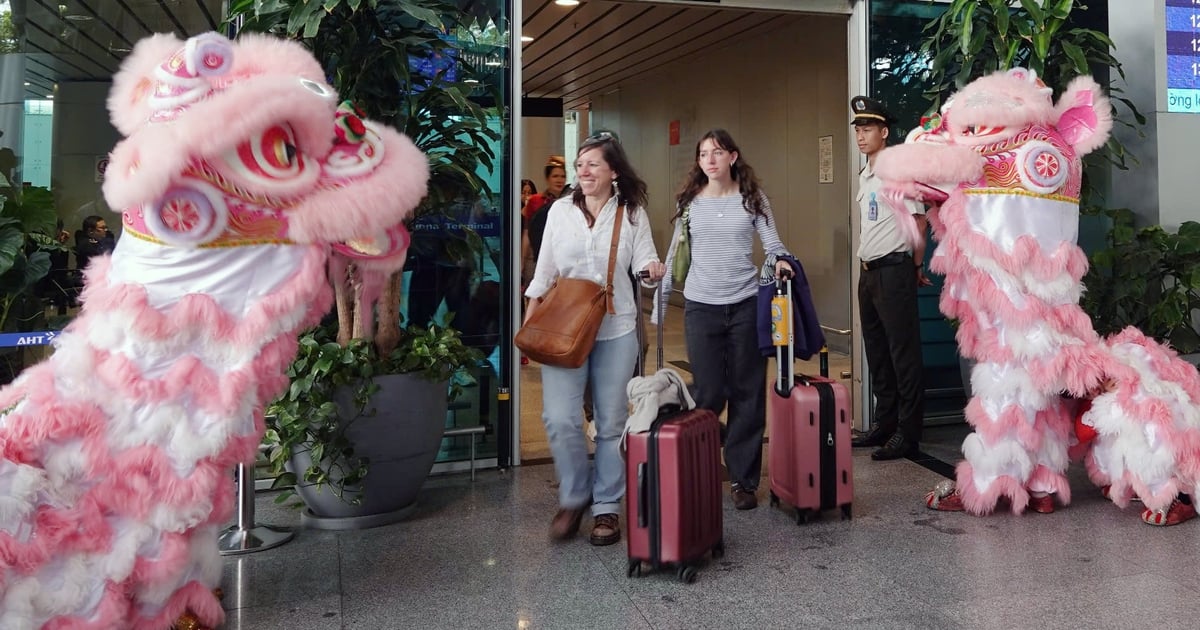



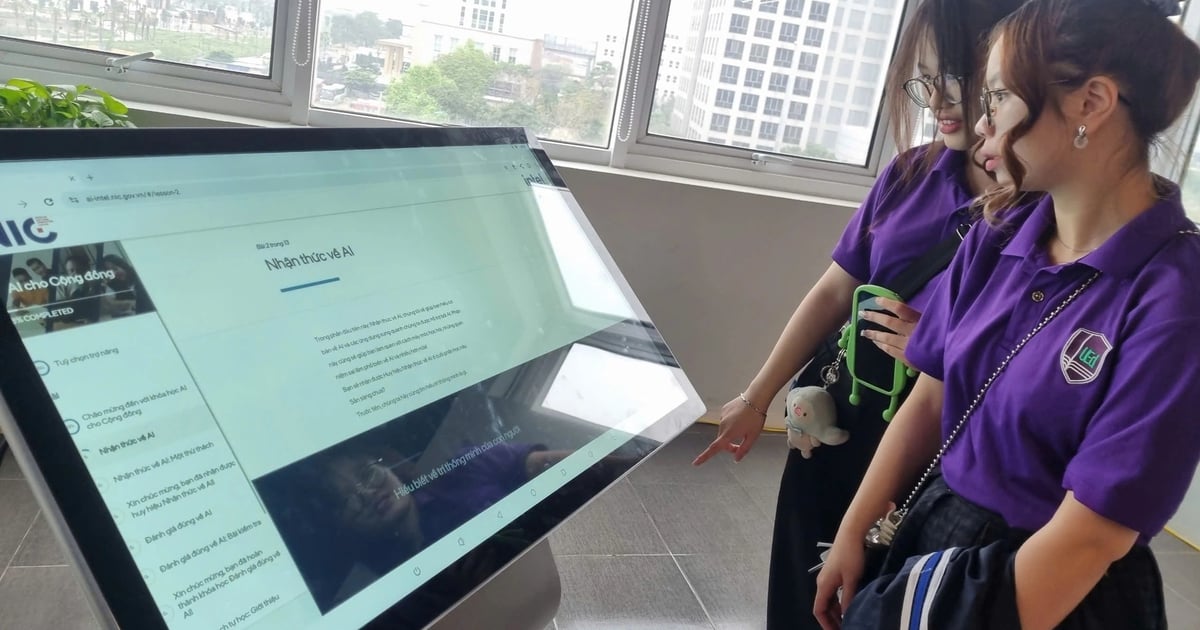





























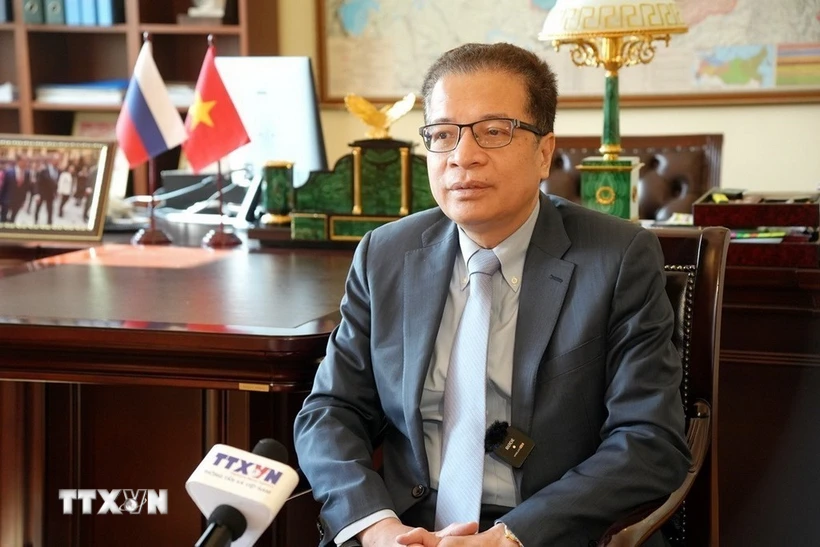
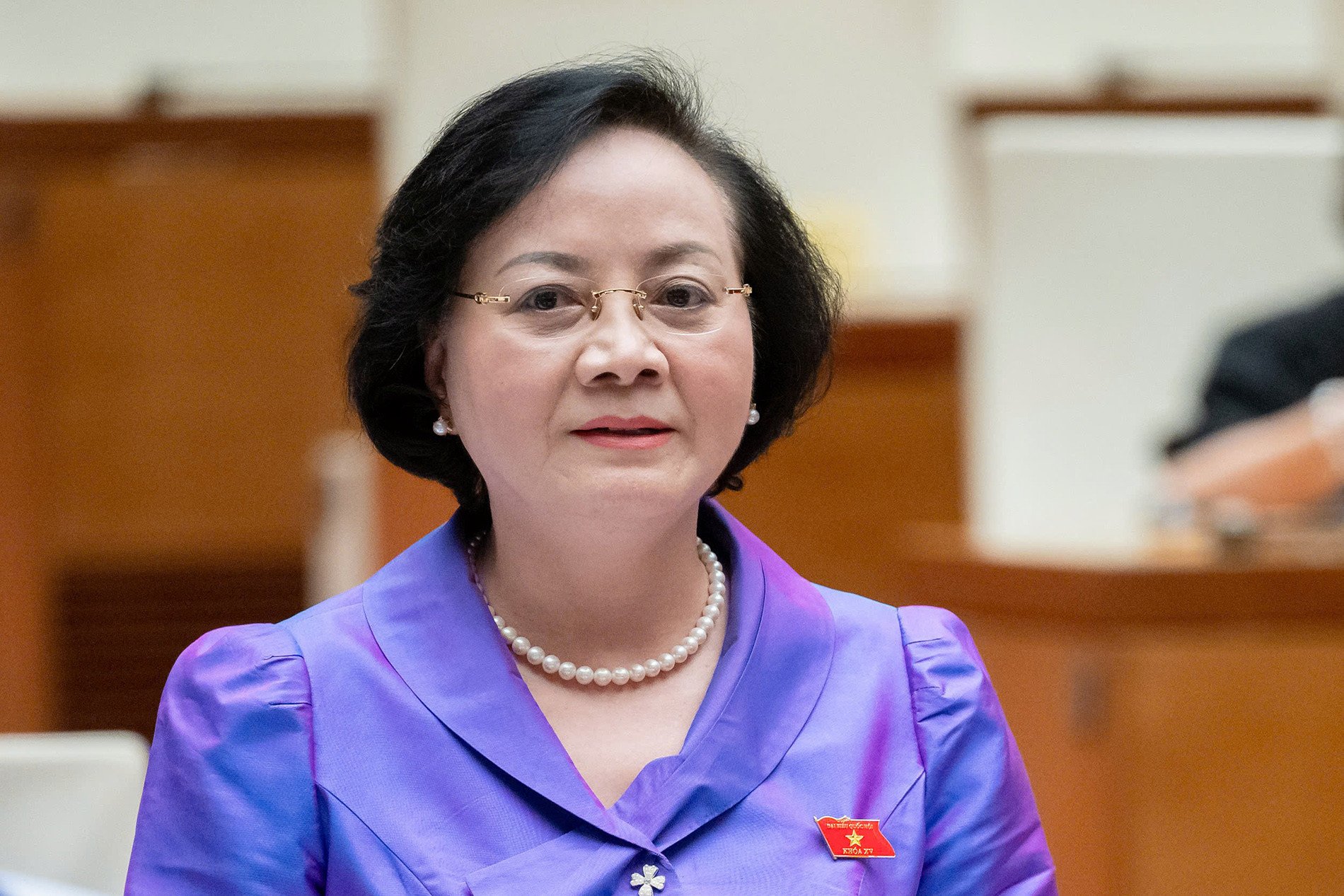
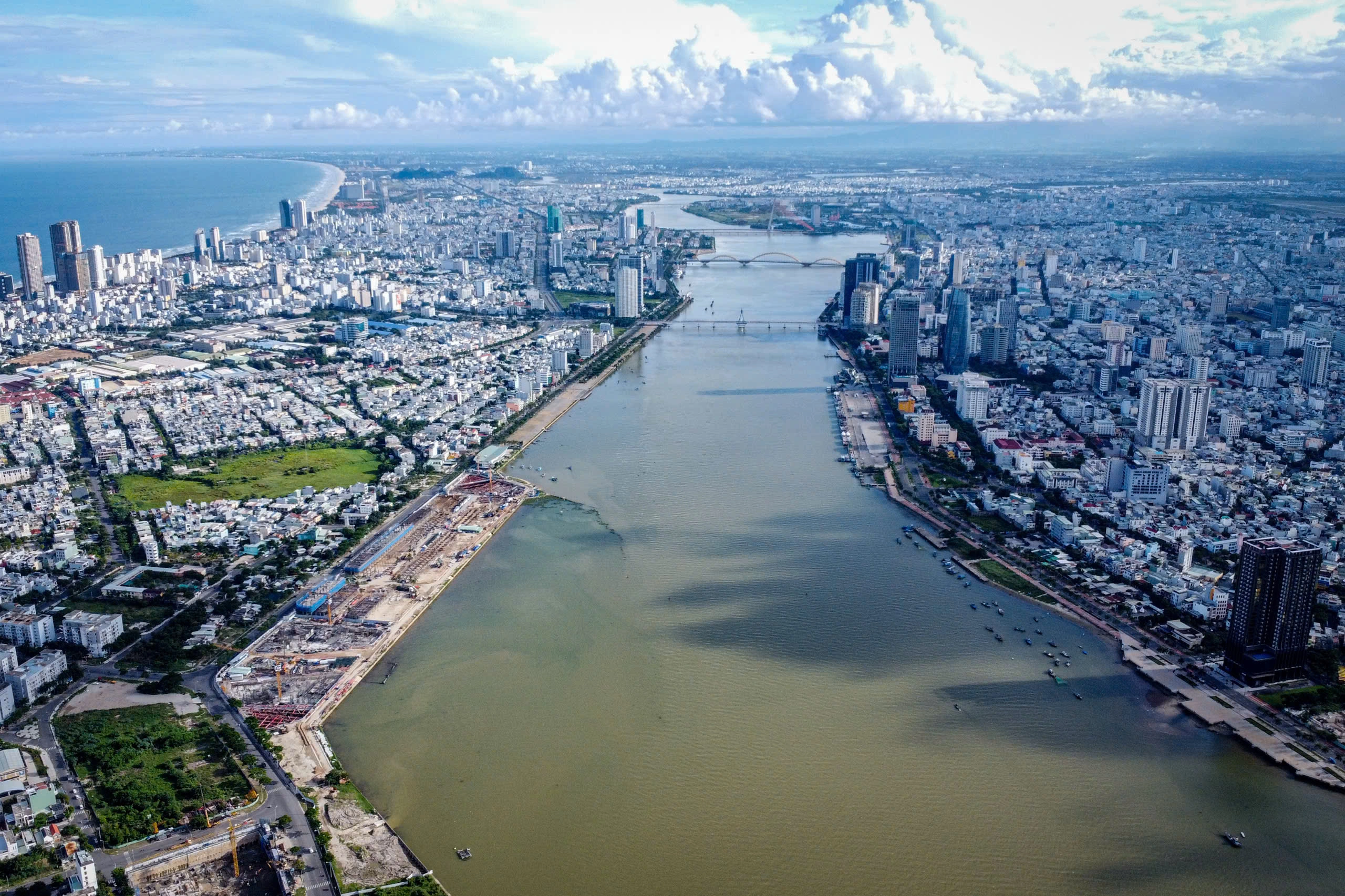










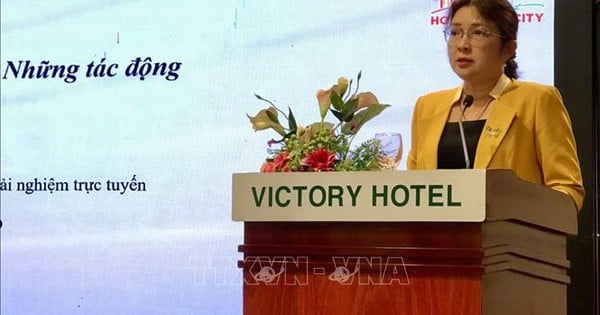
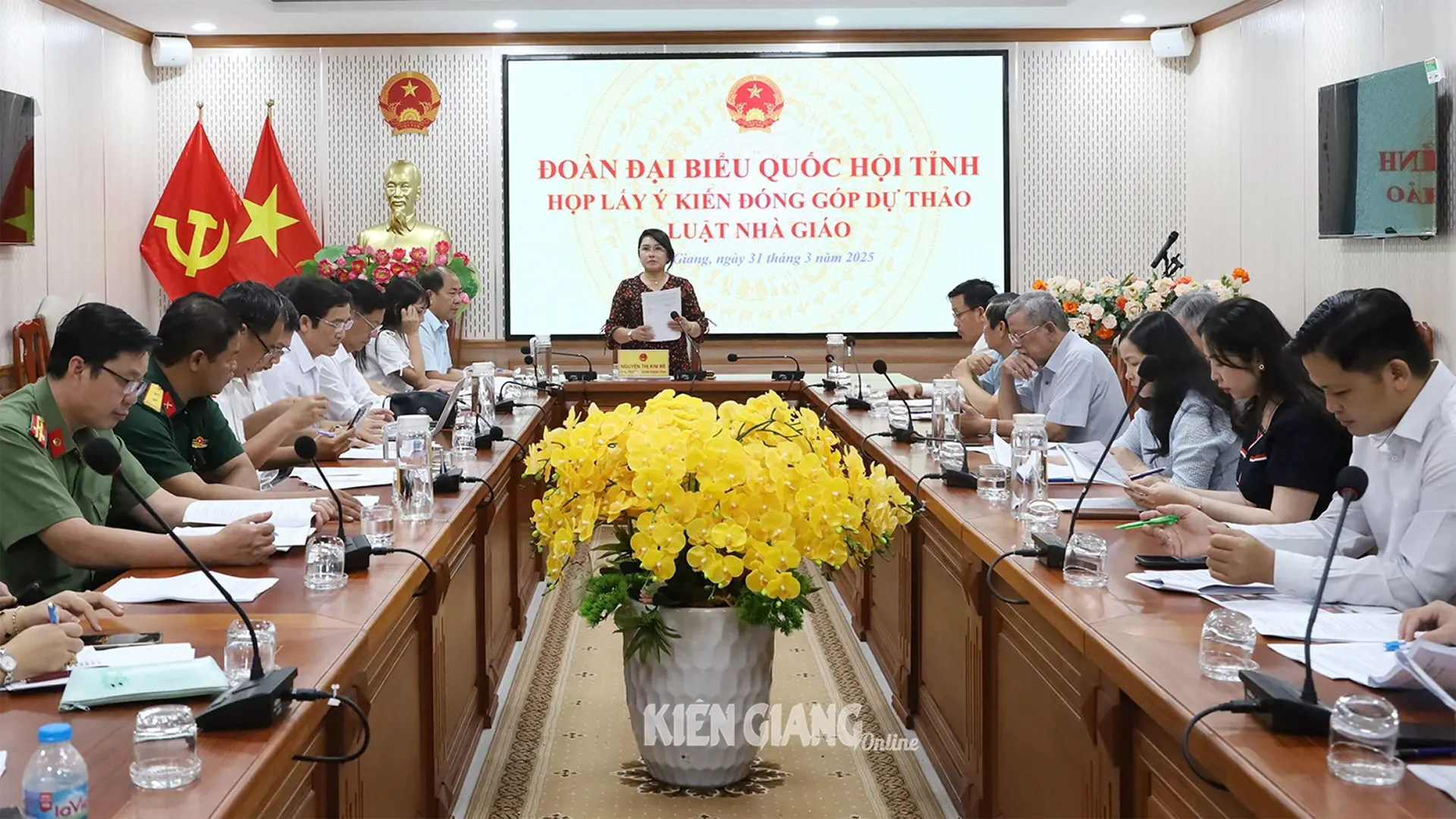

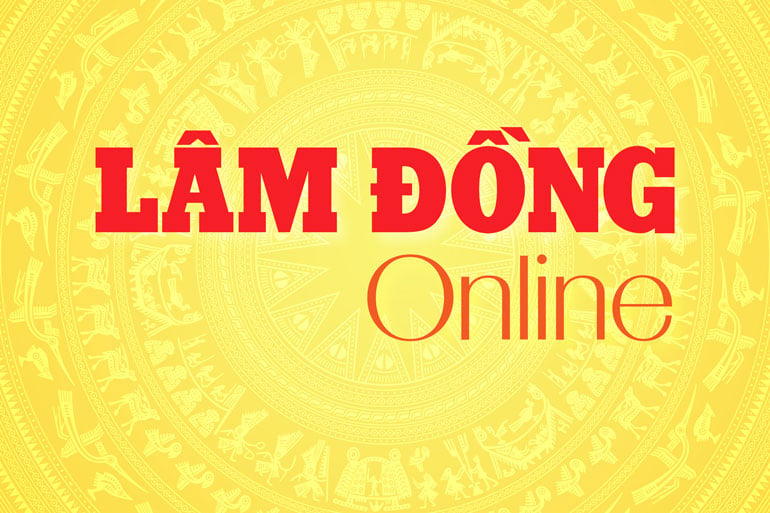


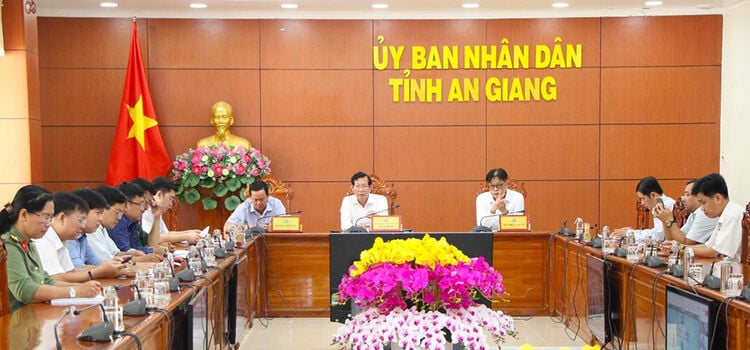

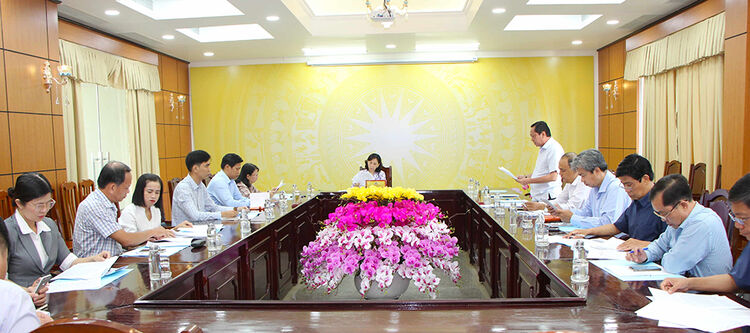












Comment (0)